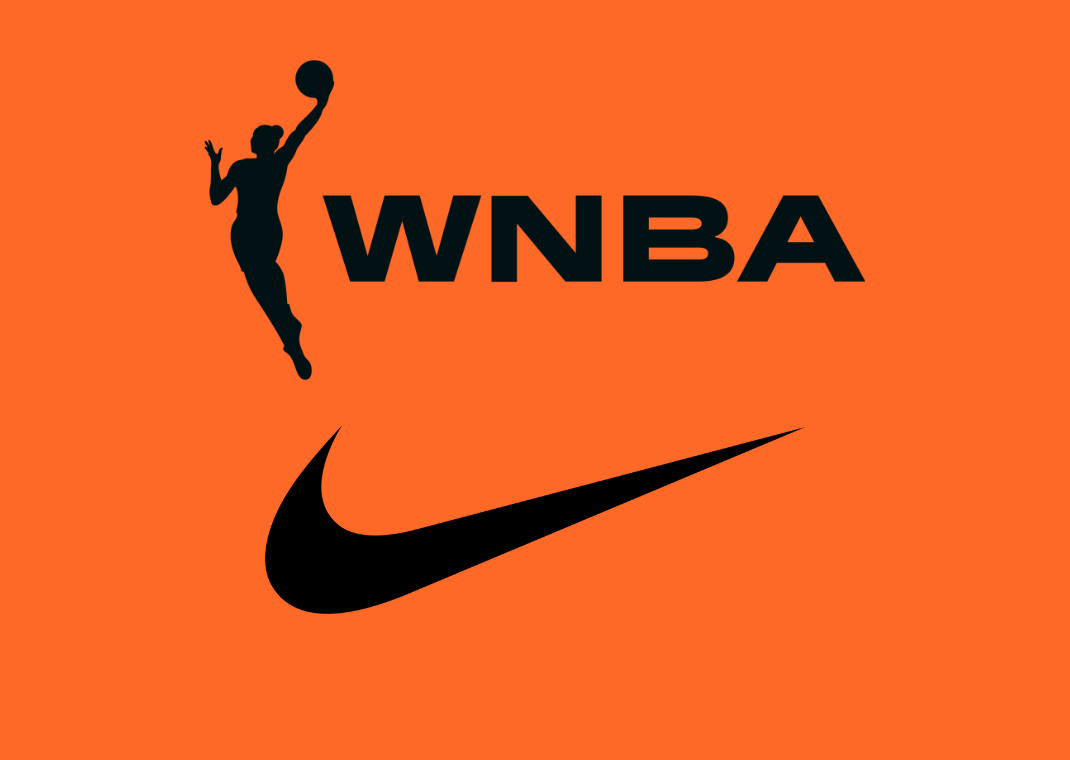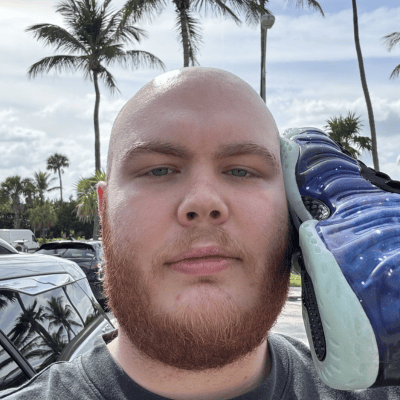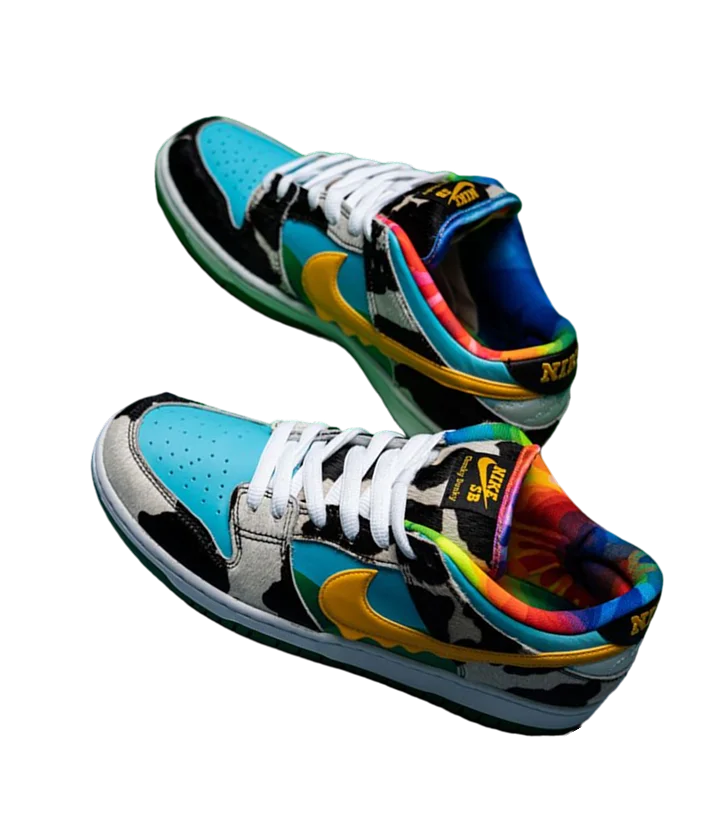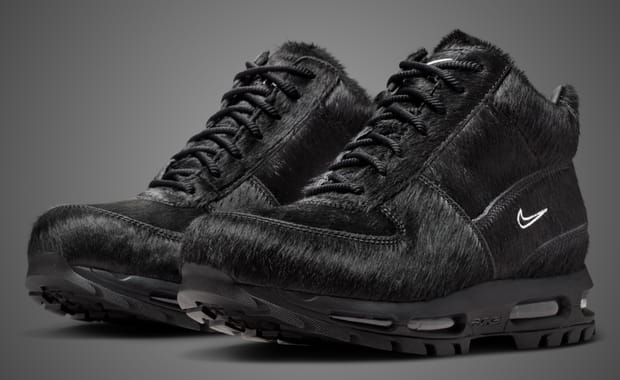WNBA Players Must Wear Nike Sneakers If They Aren’t Signed by Another Brand
Published
When Kelsey Plum noticed her teammate Sarah Ashlee Barker needed new sneakers, she called up Sabrina Ionescu to help get her laced with some Nike Sabrina 2s. The moment quickly went viral—not just because of Plum’s generosity, but because the LA Sparks' point guard is signed with Under Armour. Why would an Under Armour athlete be supplying her teammate with Nike sneakers?
Fans online pointed this out and Plum posted an Instagram story explaining why she wasn’t able to give Sarah Ashlee Under Armour sneakers. “Btw only reason SA can’t wear UA shoes is cause of the stupid wnba rule or I’d have her laced a loooong time ago.”
What is this “stupid WNBA rule?” Unless a player secures an approved footwear deal before training camp, they’re required to wear Nike—the league’s official on-court supplier—for the entire season.
The WNBA’s Footwear Rules in the CBA
Under the WNBA’s current collective bargaining agreement—ratified by the players' association in 2020 and set to expire at the end of this season—players can only wear non-Nike sneakers if they have a qualifying shoe deal with an approved supplier.
To meet that threshold, the CBA states a “qualifying shoe deal” must include at least $5,000 in annual cash compensation and be filed with the WNBA League Office—either in full or with a summary of all material terms (excluding financial specifics)—no later than seven days before the start of training camp.
Even if a player inks a footwear deal mid-season, they’re not permitted to wear that brand’s shoes in games until the following year. So, if Sarah Ashlee Barker were to sign with Under Armour today, she wouldn’t be allowed to wear UA sneakers in a WNBA game until the 2026 season.
What Brands are Authorized Footwear Suppliers in the WNBA?
Images via Kelsey Plum
At this point, nearly every major footwear brand—adidas, Reebok, New Balance, Skechers, Puma, and Under Armour among them—has signed on as an authorized supplier to the WNBA. Still, Nike remains the league’s primary footwear partner under a long-term deal that runs through 2037.
What Happens if You Don’t Have a Sneaker Deal?
The CBA also addresses situations involving non-authorized footwear brands. It states: “If the player has a Qualifying Shoe Deal with a manufacturer that is not an authorized footwear supplier, then the player may wear such manufacturer’s shoes during WNBA Competitions, practices and press conferences but without any visible manufacturer logo or other manufacturer identification.”
In other words, players are technically allowed to wear shoes from brands that don’t have a league-approved deal (i.e. ANTA) — but only if they meet the qualifying deal criteria and remove or cover all visible branding.
For players without any qualifying shoe deal, the CBA is clear: “the player shall wear during WNBA Competitions, practices and press conferences the shoes supplied by a supplier designated by the WNBA.” That supplier, of course, is Nike.
Will the Rules Change After 2025?
The current CBA is set to expire at the end of the 2025 WNBA season, requiring the league and players’ association to renegotiate terms ahead of 2026. With the rapid growth in popularity of women’s basketball, the new agreement is expected to have a major impact on player salaries and media rights.
Could the footwear policy shift to allow players without qualifying deals to wear non-Nike sneakers? It’s possible—but given Nike’s deep ties to the league, it’s more likely the rule remains in place or is modified in a way that still keeps most players in Swoosh.

Sneakerhead from South Florida who turned his passion into a career. When not writing for Sole Retriever, I enjoy attending concerts and catching the latest movies. Email: nick@soleretriever.com




